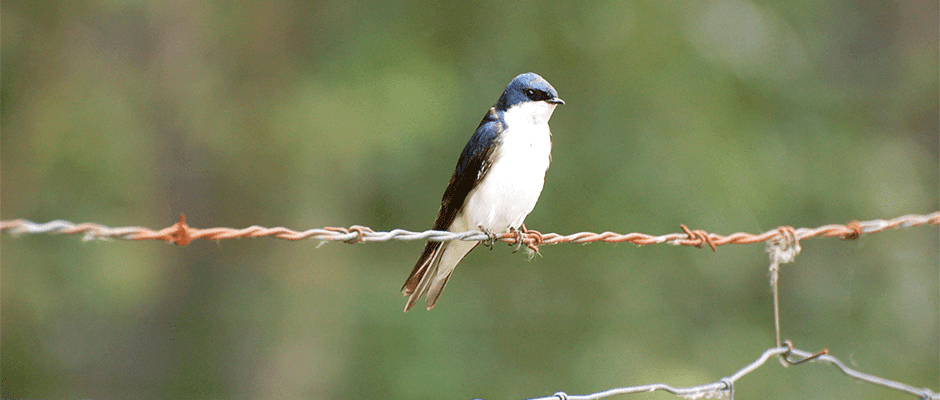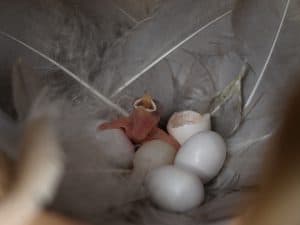Share this article
Wind and rain change breeding patterns for swallows
Fewer storms that bring wind and rain may be causing North American tree swallows (Tachycineta bicolor) to lay their eggs earlier in the spring, according to new research.
The impacts of this early egg laying isn’t known, but the trend points to what researchers say is an overlooked effect of climate change. Many studies look at the effects of warming temperatures on wildlife, but these researchers took into account the effects that less wind and rain in central Alaska have on the birds.
“In spring when the birds are doing their business, their habitat is not warmer at all,” said Daniel Doak, a professor at the University of Colorado Boulder and the senior author on the recent study that his undergraduate student led. “It’s a weak trend. But the storminess trend is very strong.”
As part of their study published in Proceedings of the Royal Society B, the researchers looked at data collected on swallows in two study sites in central Alaska over the past 15 years. The swallows are an extremely resilient species, Doak said, which makes them easy to study. “They’re a model species for effects on many different species,” he said. “They’re easy to study because they are less perturbed by human disturbances.”
The researchers recorded phenology information such as when the individual birds were laying eggs, hatching and fledging. Then, they reviewed weather station data from NOAA and the National Park Service and took note of climate data including temperatures, windiness and precipitation.
They found that frequent, small spring windstorms, which tend to slow down the breeding process, have become rarer over the past three decades. As the springs have gotten less windy, the birds are laying eggs earlier.
“Birds fine tune what they’re doing when there’s climate variation year to year,” Doak said. He and the other authors hope to study nest success, fledging and rearing of the species at these sites to determine what effects an earlier breeding time has, but he also hopes the study shows the importance of studying climate change impacts other than temperature.
“Climate change really has multiple dimensions,” he said. “We’ve been simplifying it down to the fact that things are getting warmer.”
Header Image: A male tree swallow sits near his nest box during breeding season in central Alaska. ©Dan Doak









